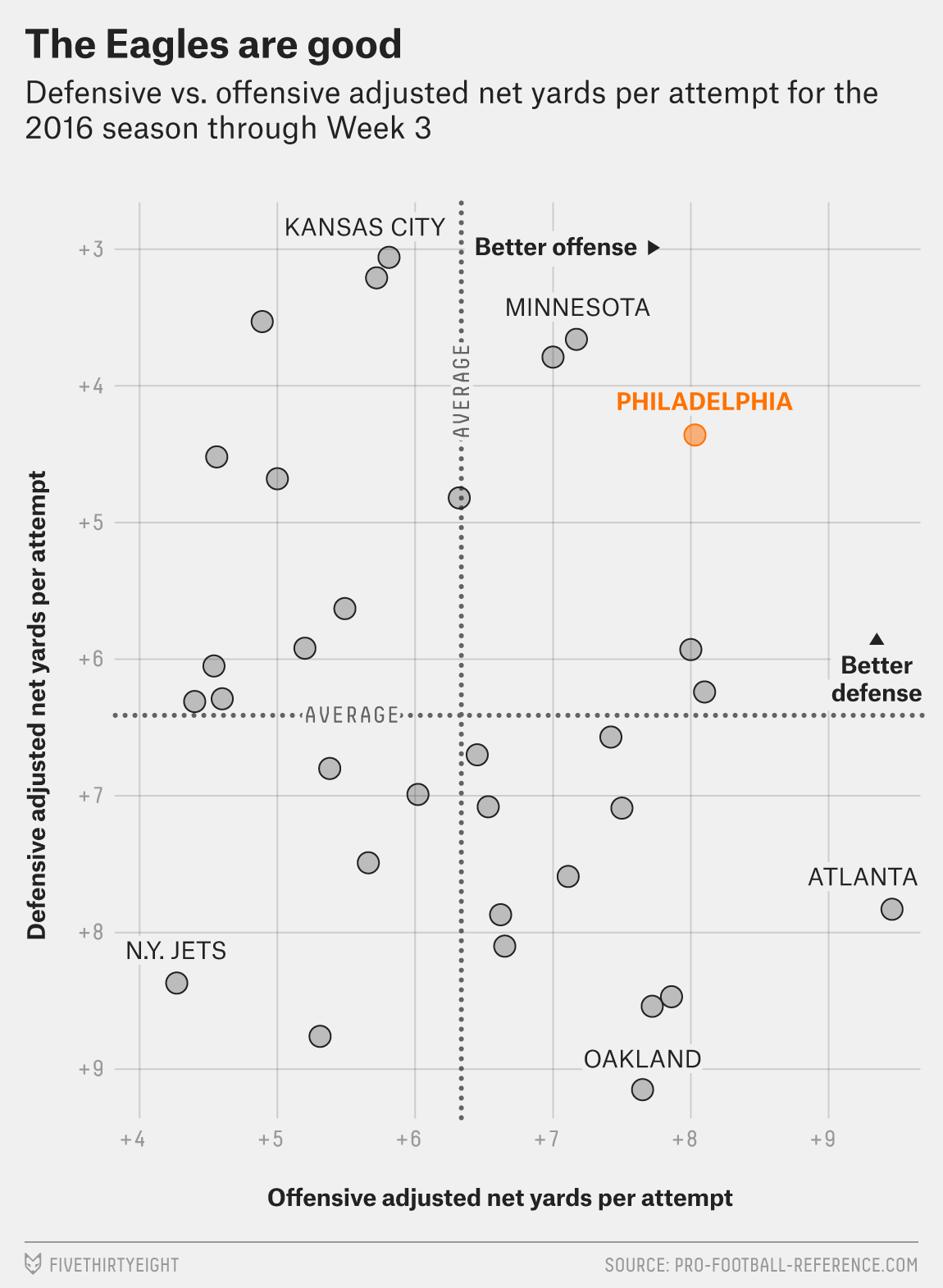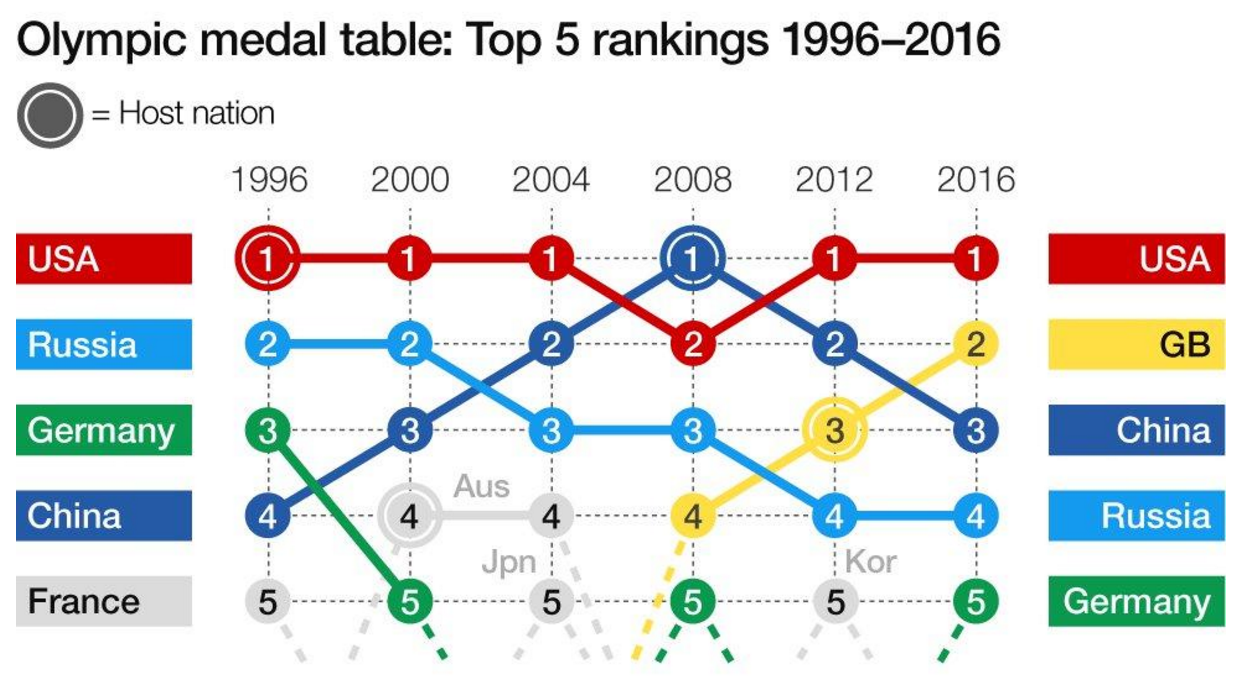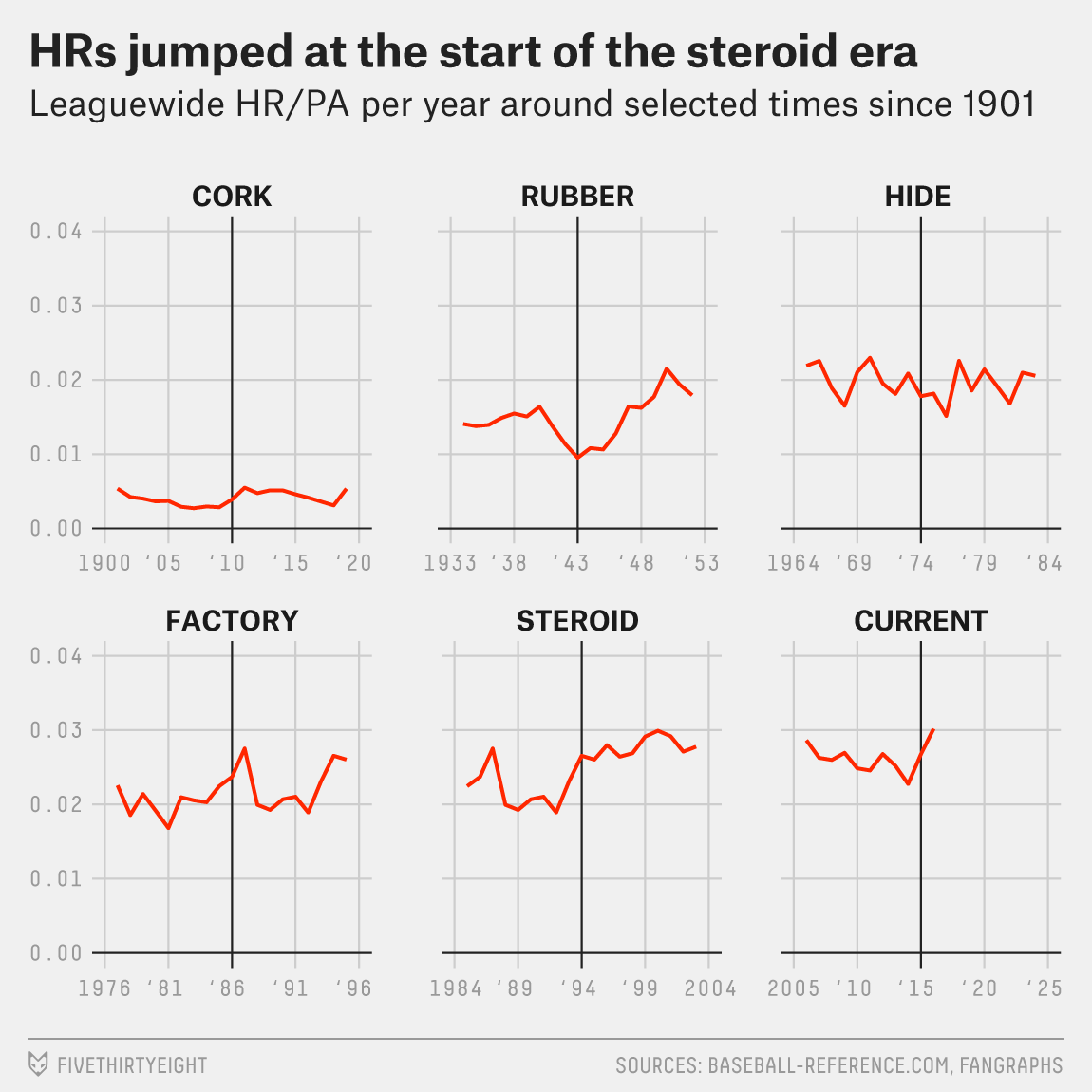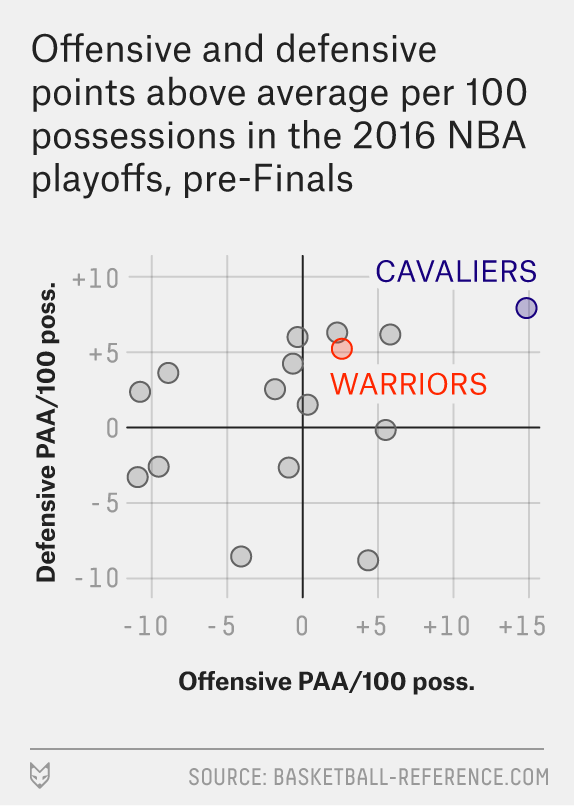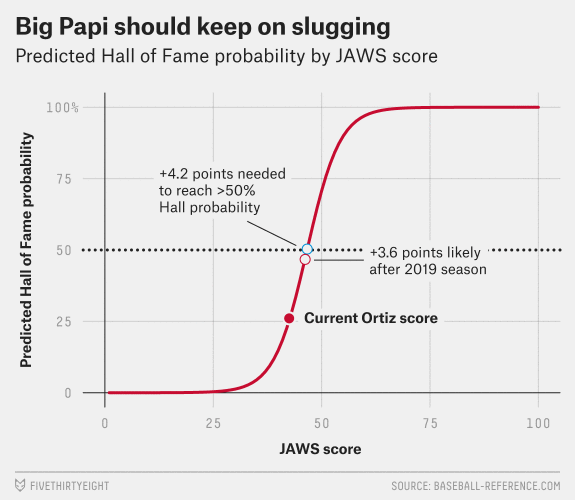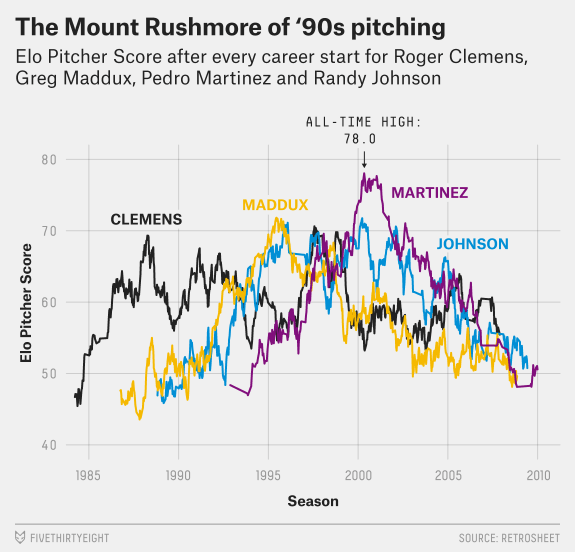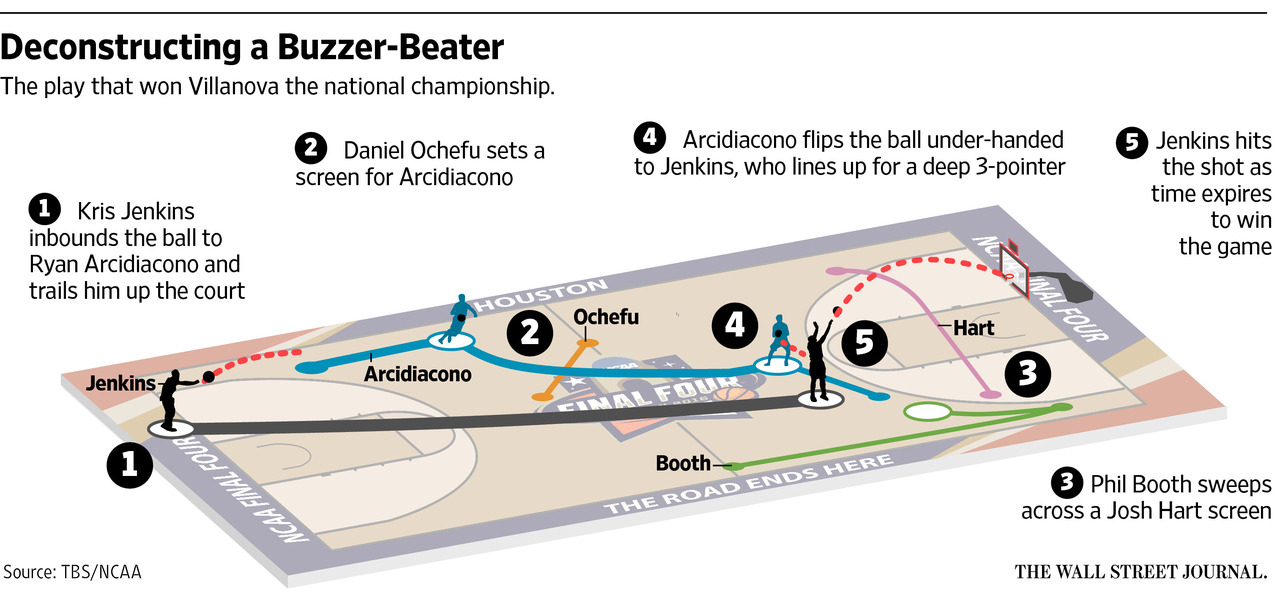The joke I have been telling everyone in person this past week: I changed jobs and moved 750 miles from Chicago to Philadelphia, but I still cannot escape the NFL Draft. The two previous drafts occurred across the street from my last job and this year they are three blocks away from my new flat. Traffic is a bloody nightmare. So while there is a lot of news to cover through data visualisation and design, the local story is the NFL Draft that begins tonight next to the Rocky statue and in front of the Art Museum. We will return to trade wars with Canada, tax cuts for the rich, North Korea, climate change, and other things over the next few weeks.
Today’s piece comes from the Washington Post and looks at NFL Draft success across the NFL. Unfortunately for all of you, I know almost nothing about the NFL except Free Tom Brady. (I have to transfer my Red Sox allegiance somewhere, right?) But this set of small multiples looks fantastic and generally tells me that the Colts and Packers—the latter likely to the chagrin of my Chicago-born followers—have historically done well.

Aesthetically, I am not sure about the handwriting typeface. I wonder: could the content have been handled better by a more traditional face?
Credit for the piece goes to Reuben Fischer-Baum.



